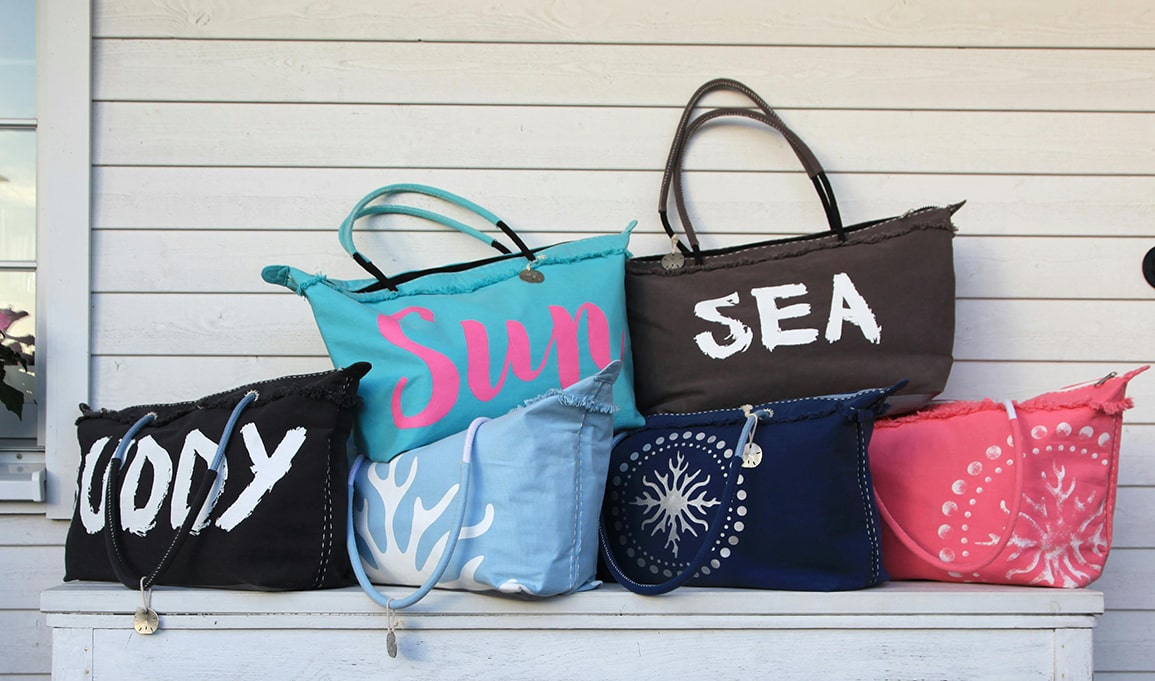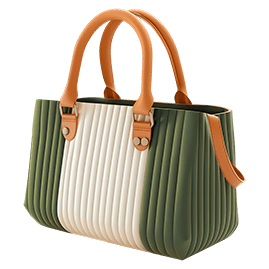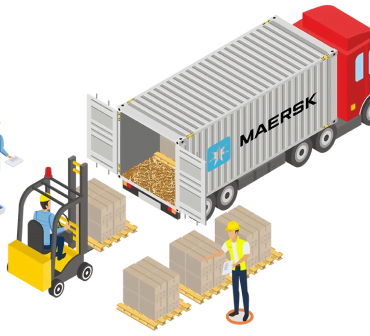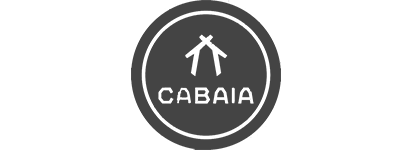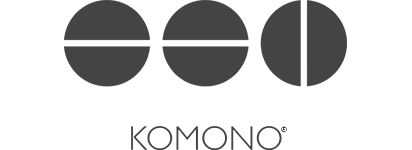Bags & Luggage are essential accessories that serve both functional and fashion purposes. This product category encompasses various subcategories such as backpacks, handbags, suitcases, and more. Quality and user experience are crucial factors to consider when sourcing these products. While Asia, particularly countries like China, India, and Vietnam, is known for its manufacturing capabilities, there are potential quality risks involved. Thorough Quality Control and Due Diligence are essential to ensure that the products meet the desired standards. Buyers and QC professionals should prioritize these processes to mitigate any potential risks and ensure a satisfactory user experience.



